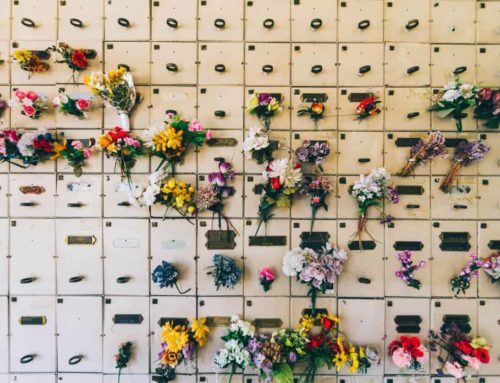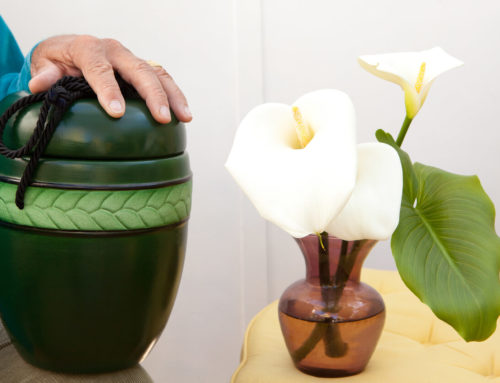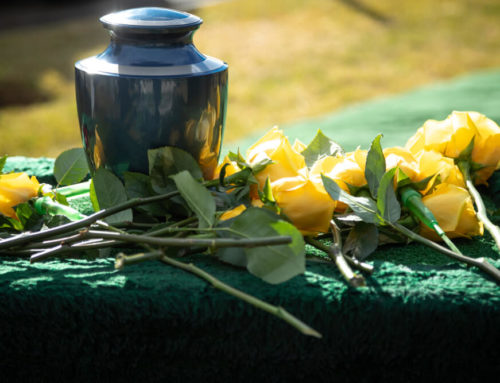Green Cremation Options
While many people choose cremation for its affordability, cremation is more and more popular due to the land use concerns of burial – particularly in an urban setting. Beyond its inherent green nature, though, there are additional ways that families make a cremation more green or eco-friendly. Eliminating the use of unnecessary chemicals prior to cremation and choosing an eco-friendly option of disposing of the remains helps families plan environmentally-friendly cremations for their loved ones.
Forego Embalming for a Greener Cremation Option
Families who are environmentally conscious and looking for the most eco-friendly cremation option forego embalming prior to cremation. Embalming is not required with cremation unless cremation is delayed by more than a few days. To avoid using unnecessary chemicals and potentially releasing toxins during the cremation process, proceed to cremation in a timely manner and avoid embalming.
Biodegradable Urns
Biodegradable urns are an eco-friendly cremation option for families who want to dispose of the remains in nature. Biodegradable urns are designed to break down relatively quickly over a few days or months, depending on the type of urn. Use biodegradable urns for scattering at sea or for an in-ground burial.
Scattering at Sea
Alternately, forego an urn entirely and simply scatter the remains at sea or in running water following cremation. With this option, use a simple container to hold the remains after cremation, and physically scatter the remains at sea in a personal scattering ceremony. Many families find that scattering at sea provides a sense of closure and a peaceful farewell for the loved one.
Scattering in a Natural Area or Special Location
If you live inland, scatter the remains in nature or in a special location. You don’t need a special type of urn or burial container if you intend to physically scatter the remains; select a simple container to transport the cremated remains to the scattering location.
Make sure you understand the rules about scattering remains, though; you may scatter remains on private property with the permission of the property owner, but public property is subject to special rules. Scattering remains in a national park, for example, typically requires a letter of permission or a permit, but those are generally granted upon request. Check the rules before you choose to scatter your loved one’s remains.
Families who choose cremation utilize a variety of techniques to make the cremation more eco-friendly. Planning a green cremation simply requires the family to make cremation arrangements in a timely manner in order to avoid embalming and scatter the remains or use a biodegradable urn after cremation is complete. With a little consideration, cremation is a green end-of-life option for the environmentally conscious family.




